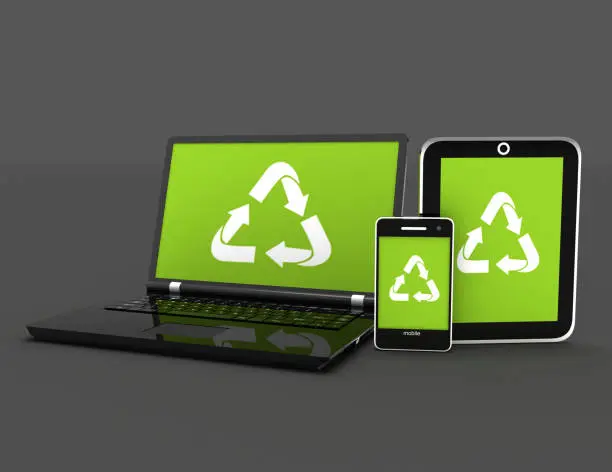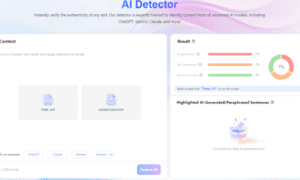In today’s digital landscape, content creation is a continuous effort. Brands and businesses invest significant time and resources into producing high-quality content, but without a strategic approach, valuable content often fades into obscurity. To maximize its impact, marketers employ two essential strategies: content repurposing and content recycling.
While both techniques aim to extend content lifespan, they are fundamentally different in execution and benefits. Understanding these differences can help businesses build a sustainable content strategy consulting framework that optimizes reach, engagement, and ROI.
What is Content Repurposing?
Content repurposing involves transforming existing content into a different format while maintaining its core message. The goal is to adapt content for various platforms, making it accessible to diverse audience segments.
Examples of Content Repurposing:
- Turning a Blog Post into a Video: A well-performing article can be transformed into a YouTube explainer video or a LinkedIn presentation.
- Breaking Down Long-Form Content: A comprehensive whitepaper or eBook can be split into multiple blog posts or social media posts.
- Podcast Episodes from Webinars: If a brand hosts webinars, the audio can be extracted and repurposed into podcast episodes.
- Infographics from Data-Heavy Reports: Research findings can be visualized in an infographic, making the data more digestible for visual learners.
- Social Media Snippets from Case Studies: Key insights from case studies can be turned into Twitter threads, Instagram carousels, or LinkedIn updates.
Advantages of Content Repurposing:
- Expands Reach – Different platforms attract different audiences, and repurposing allows content to engage new viewers.
- Boosts SEO – When repurposed into multiple formats, content gains more visibility across search engines.
- Enhances Accessibility – Some users prefer videos over blogs, while others engage more with visual content. Repurposing accommodates diverse preferences.
- Saves Time – Instead of creating new content from scratch, repurposing optimizes existing resources efficiently.
What is Content Recycling?
Content recycling, on the other hand, involves reusing and updating existing content without changing its format. The goal is to refresh outdated material, optimize it for current trends, and bring it back into circulation.
Examples of Content Recycling:
- Updating Old Blog Posts: Adding recent statistics, examples, and SEO tweaks to improve rankings.
- Reposting Evergreen Content: Sharing previously published content on social media to engage new audiences.
- Revamping Case Studies: Revisiting past success stories with updated results and insights.
- Refreshing eBooks and Whitepapers: Updating reports to reflect the latest industry trends and research.
- Revising Email Campaigns: Repurposing successful email sequences with minor modifications for a fresh audience.
Advantages of Content Recycling:
- Revives Old Content – Rather than letting older content collect digital dust, recycling ensures continuous engagement.
- Improves SEO Performance – Updating old content signals search engines that the information is relevant, boosting rankings.
- Maximizes Content Investment – Given the effort behind content creation, recycling ensures maximum value over time.
- Maintains Brand Consistency – Reinforcing key messages through recycled content helps strengthen brand positioning.
When to Use Repurposing vs. Recycling
To determine the right strategy, consider the following:
- Use Repurposing When:
- The content performs well and can engage new audiences in different formats.
- There’s a need to expand into new platforms (e.g., YouTube, Instagram, or podcasts).
- Visual storytelling or interactive elements can enhance engagement.
- Use Recycling When:
- The content is outdated and needs updates to stay relevant.
- A past blog post, case study, or report is still valuable but requires fresh optimization.
- SEO rankings for old content are dropping, and a refresh can boost performance.
Best Practices for Implementing Both Strategies
- Conduct a Content Audit: Identify high-performing content that can be repurposed or recycled.
- Align with Audience Preferences: Consider how different formats appeal to various demographics.
- Leverage Analytics: Use data to track which content formats and updates drive engagement.
- Maintain Quality and Relevance: Ensure that repurposed and recycled content aligns with current trends.
- Optimize for SEO: Use keyword research and internal linking strategies when updating content.
Conclusion
Maximizing content lifespan requires a balance between repurposing and recycling. While repurposing expands reach across different platforms, recycling keeps content fresh and optimized. Businesses that leverage both strategies can sustain audience engagement, improve SEO performance, and drive long-term content marketing success.
Would you like help refining this article further or adding specific examples?



































